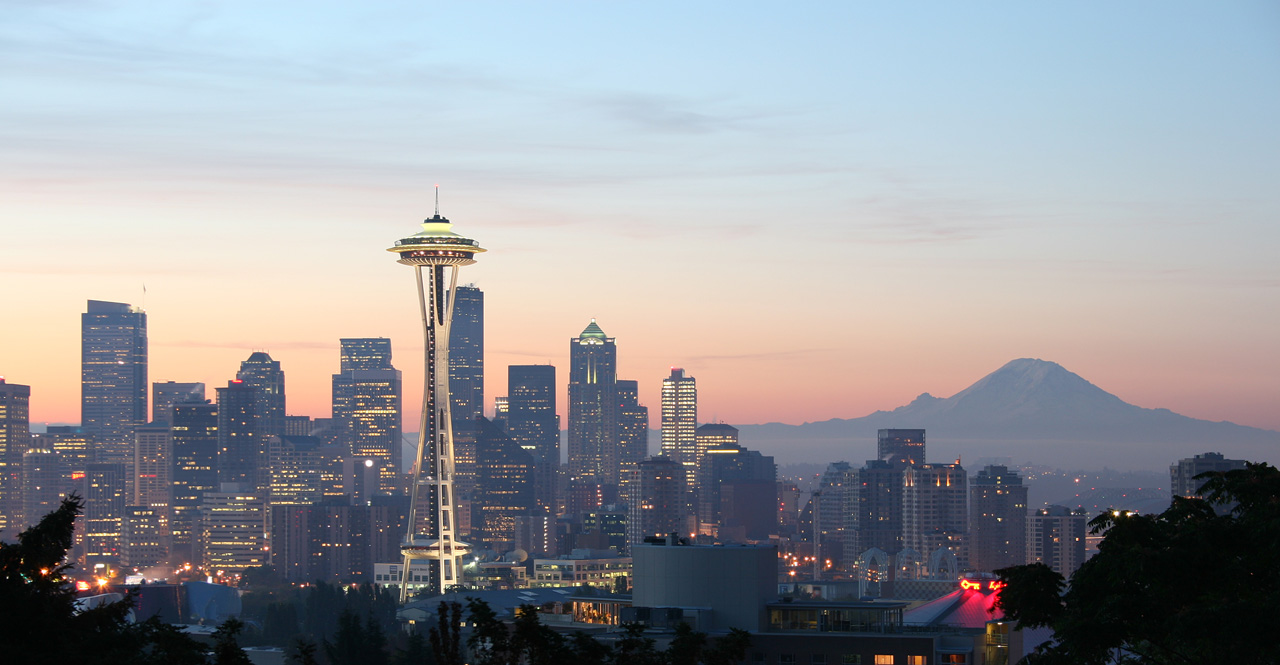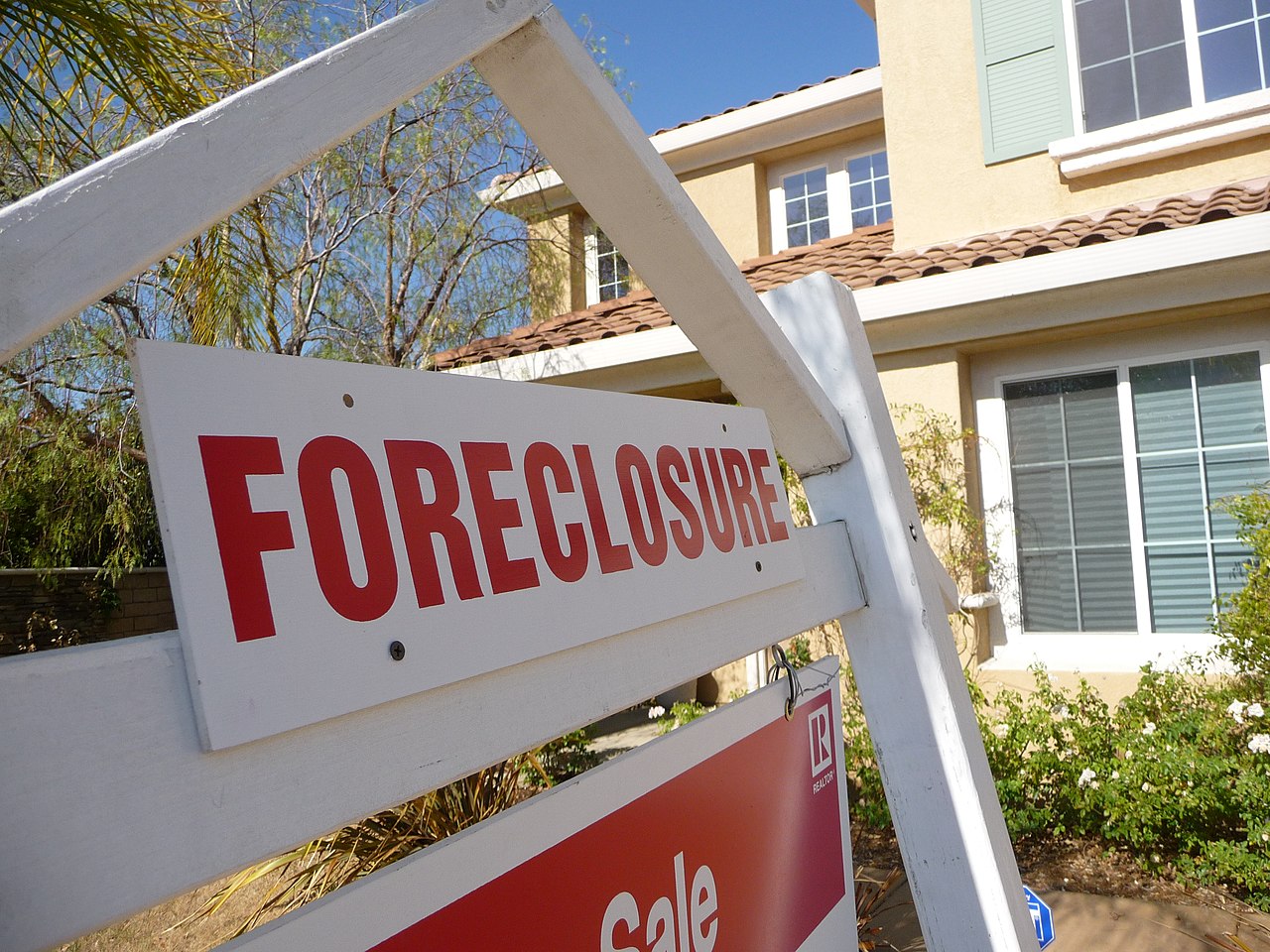Number of homeless people in Los Angeles County surges to more than 75,000
07/05/2023 / By Laura Harris

Los Angeles County now has more than 75,000 homeless people in its streets, constituting a 10 percent rise for the city and nine percent for the county.
According to a massive count conducted by thousands of volunteers during a three-day period in January, an estimated 75,518 people were living in temporary housing tents, vehicles, RVs or other kinds of makeshift shelters, compared to 69,144 people with similar living conditions recorded in the previous year.
The figures demonstrate a 70 percent increase in homelessness in the county and an 80 percent increase in the city since 2015. (Related: Homelessness in LA-LA Land Los Angeles getting WORSE under Democrats who blame the GOP for “ignoring the NEEDY.”)
Most of these increases were in the Westside and Harbor areas of Los Angeles, each experiencing an influx of over 2,000 people, an approximately 45 percent increase from the previous year.
South L.A., which has the second-highest number of homeless people in the county behind central Los Angeles, bucked the trend with a 10 percent decrease representing around 1,600 fewer homeless people. The number of homeless people in the rest of the county remained relatively stable.
Los Angeles Mayor Karen Bass, who took office late last year, has made decreasing homelessness her foremost priority. She set an ambitious target of transitioning 17,000 people off the streets in her first year, planning to house them in local motels.
However, this strategy has faced limitations as many homeless people seem to prefer the relative freedom of life on the streets. Additionally, most homeless people struggle with drug addiction and mental illness, further complicating efforts to provide effective assistance.
Homelessness growing despite presence of multiple housing programs
Despite allocating funds for shelter, permanent housing and outreach, the annual point-in-time count released by the Los Angeles Homeless Services Authority (LAHSA) reveals a continuous growth of street encampments.
Va Lecia Adams Kellum, the newly appointed CEO of LAHSA described the results as disappointing but not surprising.
“We thought with last year’s numbers that we were flattening the curve,” she said. “However, what we see in this trajectory is that people remain in a situation of vulnerability where they’re falling into homelessness faster than we can house them. There’s much more needed to right the ship.”
The surge in homelessness was primarily driven by a rise in the number of unsheltered individuals, as opposed to those in shelters. The unsheltered population increased by 14 percent countywide, surpassing 55,000 people, while the count of sheltered individuals slightly declined to just over 20,000.
The annual count also revealed an 18 percent increase in homelessness, particularly among those living on the streets. Over 27,000 people experiencing homelessness for more than a year and suffering from mental health conditions and substance abuse were counted. An additional 5,000 homeless individuals were identified in shelters, marking a 7 percent increase.
The demographic breakdown showed an overrepresentation of Black people, including 31 percent of the homeless population, more than four times their share of the county’s total population. The Hispanic American proportion remained steady at nearly 43 percent, while the count of homeless Asian Americans more than doubled, but still represented less than two percent of the overall homeless population.
A subsequent survey after the count indicated that 25 percent of homeless individuals self-reported experiencing severe mental illness, and 30 percent reported substance use disorders.
Bass expressed frustration over the latest numbers. She raised concerns that the upward trend would continue as more people fall into homelessness following the expiration of pandemic-related protections.
Bass emphasized the urgency of the situation, stating: “The challenge before us is vast, but we will continue to work with urgency to bring Angelenos inside. We must sustain our momentum by locking arms with leaders at every level of government as we confront this crisis as the emergency that it is. Lives depend on it.”
Learn more about the deteriorating state of California and its cities at CaliforniaCollapse.news.
Watch this episode of the “Health Ranger Report” from last year wherein Mike Adams, the Health Ranger, correctly predicts how giant homeless encampments are set to explode across the United States.
This video is from the Health Ranger Report channel on Brighteon.com.
More related stories:
There are now more illegal immigrants than homeless people housed in New York City’s shelters.
Thousands of homeless people, drug addicts and criminals now call LA Metro Rail their home.
California’s homeless construct two-mile-long vehicle encampment in San Francisco’s North Bay region.
Homeless encampments are exploding in size all over America as rents soar and evictions surge.
Thousands living in “kingdom” of HOMELESSNESS near Disney World in Florida.
Sources include:
Submit a correction >>
Tagged Under:
big government, bubble, California, california collapse, collapse, collapsifornia, debt bomb, debt collapse, drug addiction, economic riot, economy, homeless, homelessness, karen bass, Los Angeles, Los Angeles County, money supply, risk
This article may contain statements that reflect the opinion of the author
RECENT NEWS & ARTICLES
COPYRIGHT © 2022 HomelessAgenda.com
All content posted on this site is protected under Free Speech. HomelessAgenda.com is not responsible for content written by contributing authors. The information on this site is provided for educational and entertainment purposes only. It is not intended as a substitute for professional advice of any kind. HomelessAgenda.com assumes no responsibility for the use or misuse of this material. All trademarks, registered trademarks and service marks mentioned on this site are the property of their respective owners.

















